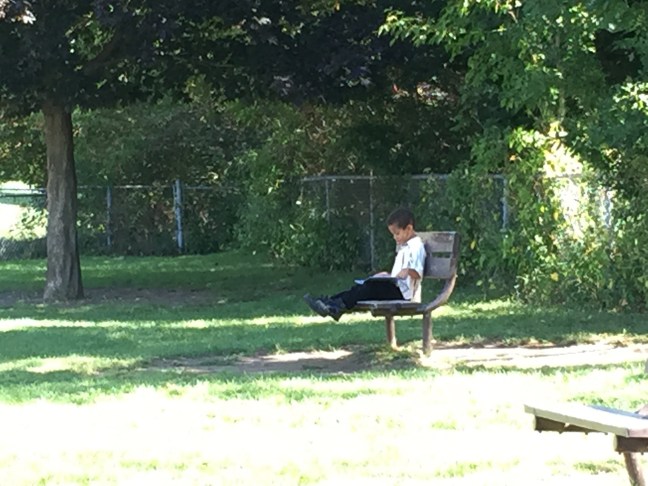The course: A course on Children’s literature and storytelling
The task: Tell a children’s story
What happened: A disclaimer was given. A story was told about a Pakistani girl that had been gang raped and how she sought redemption. A classmate got upset and left the classroom. An email followed from the professor stating that the story was inappropriate and some classmates felt uncomfortable with said story and that the storytelling task must be redone as a mark could not be given for the story presented. I respectfully and reflectively responded.
The email:
Just over one week has passed since our last class and I am still thinking about the powerful story our classmate shared with us.
His story reminds us that our whole world is political and we need to make our children aware of that. We don’t have to tell them what to think but we have to tell them to think. The problem with our world are fence-sitters. The real world sucks, and sometimes it makes you feel uncomfortable. This discomfort, I believe anyway, is imperative for growth, for change and for transformation.
As educators our goal is to stretch our students thinking, and to do this, we must not be afraid of addressing and challenging uncomfortable topics; especially when they reflect lived experiences and realities in communities both near and far. The story told is most definitely not for young children, but can be addressed with older students.
True education is not about having everyone feel good, it is about opening our eyes, minds and hearts to the realities of the world and creating opportunities for our students to discuss, reflect, challenge and come up with alternative solutions.
As difficult of a story as it is to swallow, it is a story that must be told. I thank and commend our classmate for sharing it with us. To silence his voice, or the voice of the woman whose story he told would quite simply be wrong.
Reflectively yours,
12 raisins
(originally written on August 2017)

